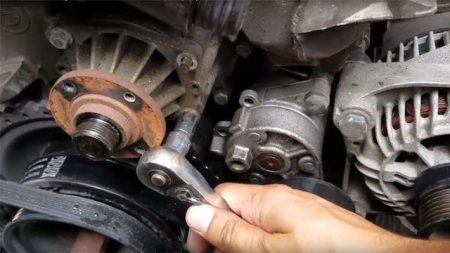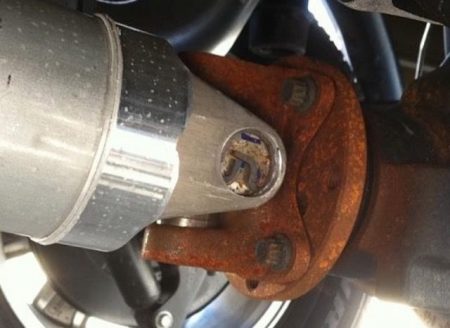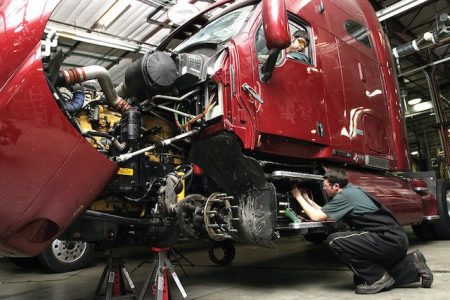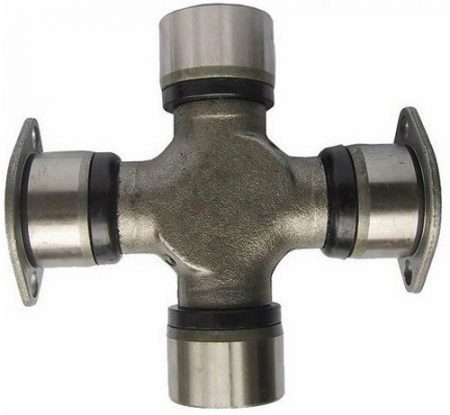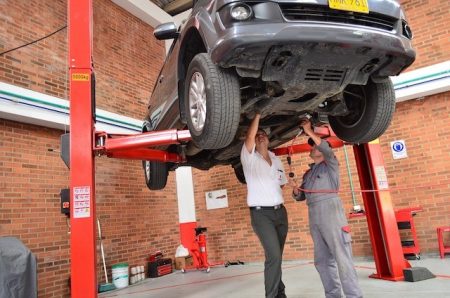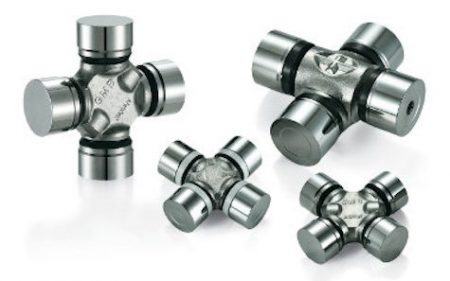Posts Tagged ‘Universal Joint’
Why Periodic U-Joint and Water Pump Replacements Are So Important For Fleets
Regular maintenance is an important part of managing a fleet. When you hear “regular maintenance”, you may think of oil changes, tire changes, and other basic jobs. There are actually other components that should see regular inspections and maintenance. These parts include u-joints and water pumps.
Read More3 Reasons Fleets Should Encourage U-Joint Replacement
For fleet managers, one of the keys to success is cost efficiency. Cost efficiency is a pretty simple concept. It simply means that your fleet performs reliably with the lowest possible overall maintenance and repair costs. Preventive maintenance is key to achieving cost efficiency.
Read MoreU-Joints: When In Doubt, Change It Out
U-joints should last the life of the vehicle, but that’s not always the case. Some u-joints fail from normal wear and tear, especially on vehicles that are frequently used for heavy towing or off-roading. U-joints can also fail as a result of misalignment, corrosion, or excessive vibration.
Read MoreHow Maintenance Free U-Joints Will Save You Money
The auto industry is one of the fastest evolving industries in the world. We’re always sitting at the edge of our seats with all the new innovations hitting the market on a regular basis. One of the neatest innovations we’ve ever seen are maintenance free u-joints.
Read MoreEnsure Your Truck’s U-Joints Are Operating At The Correct Angle
This article was originally published on FleetEquipmentMag.com As any truck driver will tell you, there’s nothing fun about a sudden u-joint failure. For this reason, experienced drivers know to inspect and maintain their truck’s u-joints regularly.
Read MoreHow to Look Up a U-Joint By Size
Do you need to replace a U-joint but don’t have the part number? Don’t fret. We have just the solution for you: our U-joint lookup tool. All you need are the u-joint type and the measurements. To give you the peace of mind that you’re getting the absolutely correct replacement U-joint, we’re going to discuss…
Read MoreU-Joint Failure Modes & Troubleshooting
The universal joint (U-joint) is a common part found on any rear-wheel drive or four-wheel drive vehicle, especially body-on-frame designs such as trucks and SUVs. The U-joint’s purpose is to transfer power to the driveshaft when the transmission and axle are at differing planes (heights). U-joints are always in pairs, usually at either end of…
Read MoreThe 3 Most Common Causes of U-Joint Failure
While any rear wheel drive vehicle can have a universal joint (u-joint), they’re typically found on pickups and SUVs. U-joints connect the driveshaft to the transmission and rear differential, and they allow for a change in the angle of the driveline. This way, the vehicle’s rear axle can move up and down without breaking the…
Read More3 Ways to Explain U-Joint Failure to a Customer
Universal joints can fail for a variety of reasons. The three most common causes of failure are: Misalignment of the drive shaft An out of balance load Over-stress
Read More
